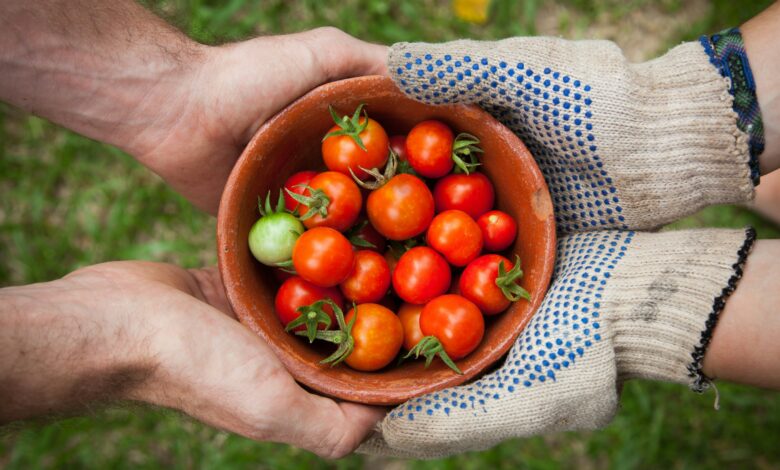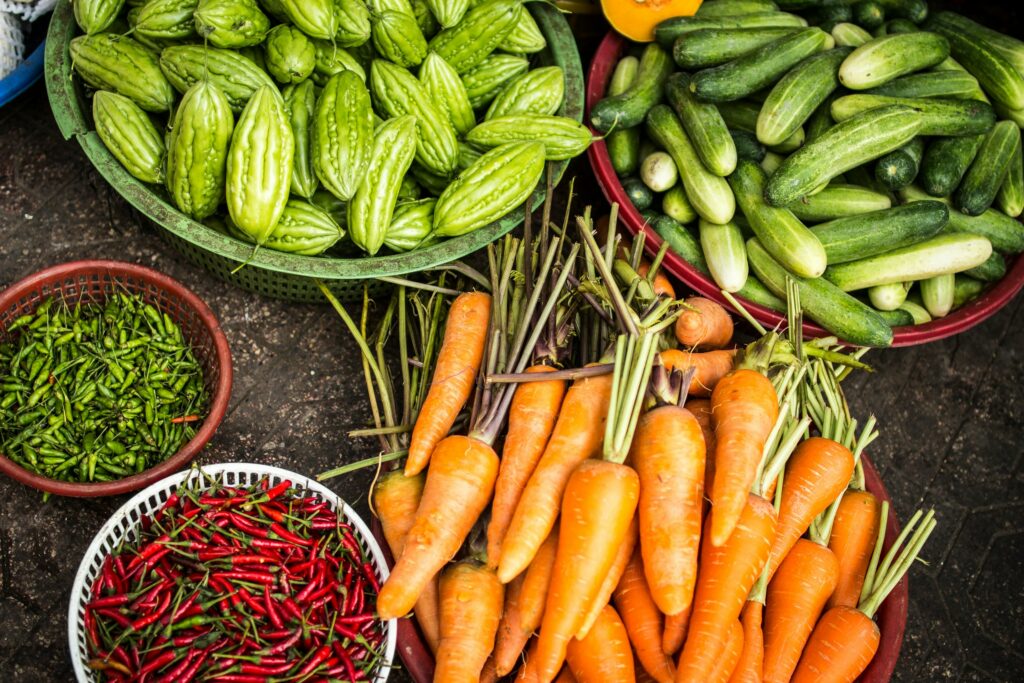How Consumers Can Support Local Farmers Through Community-Supported Agriculture

Delve into the concept of community-supported agriculture, its benefits, challenges, and some CSA programs in India.
What is Community Supported Agriculture (CSA)?
Community Supported Agriculture (CSA) operates on a production and marketing model wherein consumers invest in shares of a farm’s upcoming harvest. CSA members pay a predetermined amount at the start of the growing season, either as a lump sum or through installments. The annual fee is determined by factors such as the duration of the harvest period and the range and quantity of products anticipated.
This initial investment aids in purchasing seeds and other necessary inputs for the season, while also providing the farmer with immediate income to kickstart operations. CSA members who contribute upfront assume a portion of the production risk and alleviate the farmer’s burden of marketing. It allows them to focus on sustainable land management and the cultivation of top-quality produce.
In exchange for their membership, consumers enjoy a diverse selection of freshly harvested vegetables, typically organic, delivered weekly. Some CSAs extend their offerings to include fruits, herbs, meats, eggs, dairy, flowers, and more.
What are the benefits of a CSA?
Investing in a CSA supports small-scale family farms
While many individuals opt for grocery store purchases, there’s a growing trend towards CSAs as an alternative. CSAs offer the opportunity to buy shares in a nearby farm, receiving regular weekly deliveries of fresh, locally sourced produce, often accompanied by recipes to explore. Not only does this grant access to superior quality food items surpassing those of typical grocers, but it also contributes to the sustenance of small-scale family farms. By participating in a CSA, you’re aiding these farms in maintaining their economic viability.
CSA members have access to fresh, local produce throughout the growing season

Convenient access to fresh produce and locally sourced goods such as meat, cheese, honey, etc. Enhanced flavor in fruits and vegetables, as they are harvested at their peak without concerns of over-ripening during transportation. With most CSAs being local, food travels shorter distances, reaching your home quicker, resulting in fresher produce with higher nutrient content.
Farmers receive financial support from community members
Given the escalating expenses associated with farming and agricultural supplies, farmers now face greater upfront financial demands than previously. Securing financial support from buyers before the season commences helps bridge the gap between winter’s conclusion and the initial harvest. Farmers can procure essential seeds and fertilizer without straining their family finances. Receiving payment early in the season proves to be a more feasible and sustainable financial arrangement for farmers compared to delayed payments upon harvest.
CSAs create a sense of community among members and between farmers and consumers
What sets the CSA model apart is that members aren’t merely “consumers” who select vegetables as desired, in any quantity, at any time. Instead, they forge a partnership with farmers, committing long-term to support those who cultivate their food and consume what they produce. This arrangement offers farmers greater stability in crop planning, minimizes waste, and allows consumers to share the inherent risks of farming.
You’ll reduce waste
A standard CSA minimizes packaging, with members bringing their reusable bags and containers to collect items, in contrast to supermarkets that heavily rely on plastic packaging.
Members get to know their farmers and learn about how their food is grown
As a CSA member, you’ll have the chance to gain insights into the cultivation of various vegetables or fruits and the inner workings of the farm. You might even receive invitations to participate in special educational events to deepen your understanding of the sustainable farming practices employed by the farmer. This interactive approach fosters a sense of personal connection with your food, heightening awareness of its origins before it reaches your plate. For families with children, this adds an element of excitement, encouraging kids to explore new vegetables they may otherwise hesitate to try.
CSA Programs in India
Spudnik Farms represents a network of nearby farmers dedicated to cultivating and delivering organic heirloom vegetables directly to consumers. Its mission is to close the distance between individuals and the origins of their food, all while supporting the livelihoods of small-scale and marginalized farmers.
Navadarshanam is a close-knit community established in 1990, situated in rural Tamil Nadu near a protected forest approximately 50km from Bangalore. Their focus has been on exploring alternatives to contemporary lifestyles and ideologies, striving for a harmonious balance with nature and inner tranquility. Additionally, they have played a pivotal role in initiating and guiding a food project managed by local villagers, offering urban consumers access to organic, nutritious food options while bolstering rural livelihoods and preserving traditional farming techniques and ecosystems.
Challenges
Community-supported agriculture (CSA) initiatives encounter various hurdles. Farmers contend with challenges such as the financial burden of implementing sustainable farming practices, the risk of overextending themselves, farm management’s intricacies, and labor shortages.
CSA members face obstacles including the time commitment required for working share contributions, the initial cost of joining a CSA, and the necessity of adapting their food consumption habits to align with the CSA’s harvest schedule.
Organizational challenges for CSAs encompass member recruitment and retention, competition with alternative marketing channels, issues related to gender and generational dynamics, government regulations, and overarching sustainability concerns.
Moreover, CSA initiatives may grapple with administrative tasks, funding limitations, and recruitment struggles, leading to the emergence of nonprofit CSA programs equipped with dedicated infrastructure and resources.
These challenges underscore the importance of fortifying membership support, enhancing CSA management practices, augmenting external resources, and advocating for legislative changes conducive to the growth and proliferation of CSAs.
Conclusion
Community Supported Agriculture (CSA) presents a sustainable and mutually beneficial model that connects consumers directly with local farmers, fostering a sense of community and promoting environmentally conscious food practices. Despite facing challenges such as financial constraints and organizational hurdles, CSAs offer numerous benefits, including access to fresh, locally sourced produce, support for small-scale family farms, and waste reduction. By addressing these challenges through strengthened support systems and advocacy efforts, CSAs can continue to thrive and play a vital role in promoting sustainable agriculture and community resilience.
The Disposal Company is on a mission to transform India’s approach to sustainability, offering an innovative platform that allows brands to go plastic-neutral and carbon-neutral, and make a meaningful impact on the environment. Discover more here.




